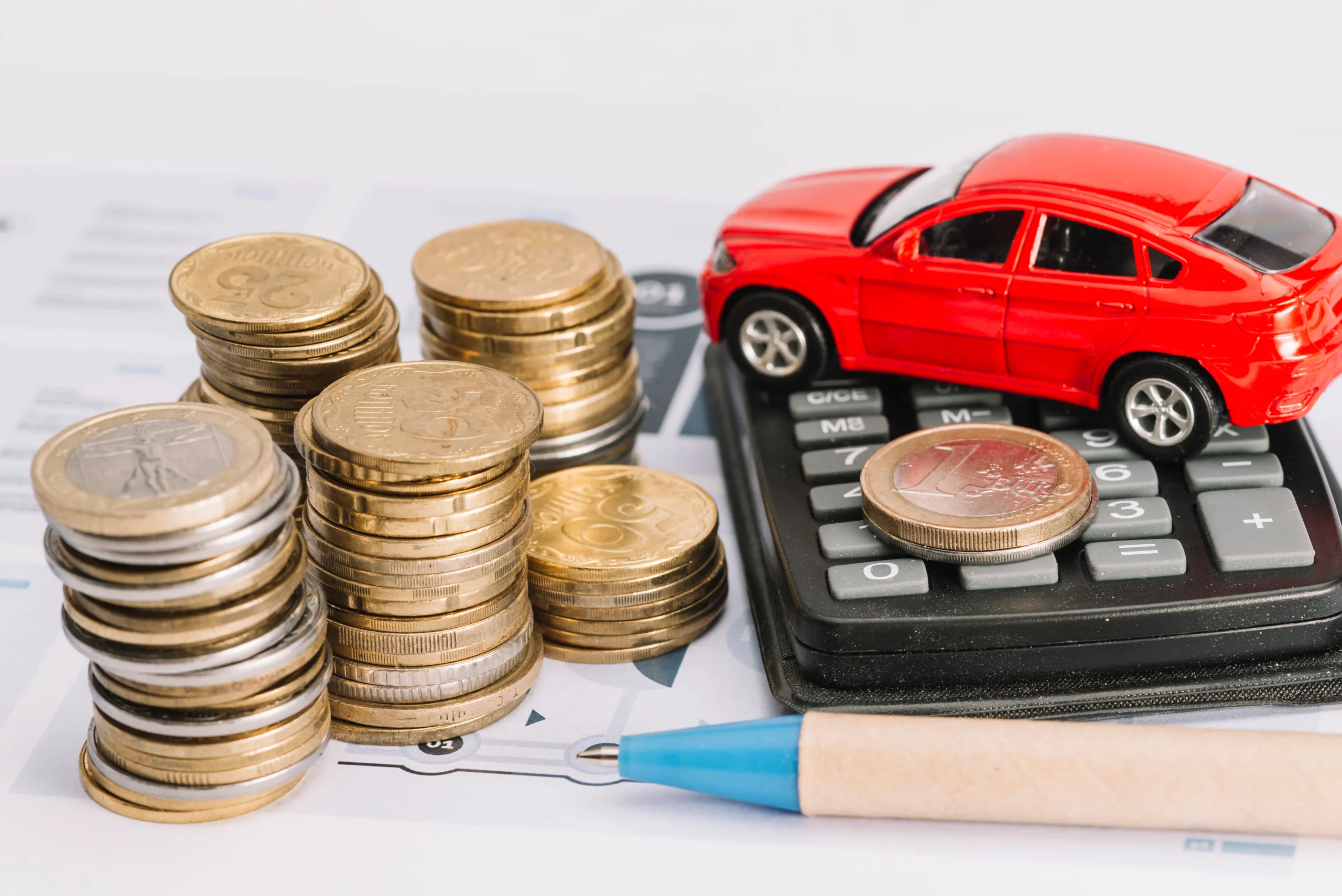Many people reach a point where their current vehicle no longer meets their needs whether due to lifestyle changes, increasing maintenance costs, or simply wanting a newer model. But what if your car isn’t fully paid off yet? Can you trade in a financed car without financial penalties or complications? The short answer is yes, you can. But the process involves some careful consideration, a few critical steps, and a good understanding of how car financing works. This article breaks down the details, helps you weigh your options, and guides you through the process from start to finish.
Understanding How Car Financing Works
Before diving into trade-in specifics, it’s important to grasp how financing a car works. When you finance a car, you’re essentially borrowing money from a lender (like a bank, credit union, or dealership) to buy the vehicle. You agree to repay the loan, typically with interest, over a set period. Until the loan is fully paid off, the lender has a lien on the car. This means they technically own it until the balance is settled. This is why trading in a financed car involves more than just handing over the keys.
Can You Trade In a Financed Car Before It’s Paid Off?
Absolutely. Can you trade in a financed car before you finish paying it off? Yes, but whether it’s a good idea depends on your individual financial situation. When you trade in a car that still has a loan on it, the dealership will usually pay off the remaining loan balance on your behalf and apply any equity you have in the vehicle toward the purchase of your next car.
There are two primary scenarios here:
1. Positive Equity
You have positive equity if your car is worth more than the amount you still owe on your loan. For example, if your car is worth $15,000 and you owe $10,000, you have $5,000 in positive equity. That $5,000 can be used as a down payment for your new vehicle. This is the ideal scenario, as it makes the trade-in process smoother and financially beneficial.
2. Negative Equity
You have negative equity (often referred to as being “upside-down” on your loan) if your car is worth less than what you owe. For instance, if you owe $15,000 on your loan but your car is only worth $12,000, you’re $3,000 upside-down.
In this case, you still can trade in your car, but the $3,000 shortfall doesn’t disappear it typically gets rolled into your new car loan. This means you’ll start off your next loan with more debt, which can lead to higher monthly payments and more interest over time.
How the Trade-In Process Works with a Financed Car
Here’s a step-by-step breakdown of how to trade in a car that still has an outstanding loan:
Step 1: Determine Your Payoff Amount
The first thing you need to do is find out how much you still owe on your car loan. Contact your lender to get your current payoff amount this includes the outstanding loan balance and any applicable fees.
Step 2: Get an Estimate of Your Car’s Value
Next, research your car’s trade-in value. Use online valuation tools like Kelley Blue Book, Edmunds, or NADA Guides to get an idea of what your car is worth. Better yet, visit a few dealerships for trade-in quotes to see what you might realistically expect.
Step 3: Compare Loan Payoff to Trade-In Value
Now compare your loan payoff amount to your car’s estimated trade-in value. This will tell you whether you have positive or negative equity.
Step 4: Shop for Your Next Vehicle
Once you know where you stand financially, start shopping for your next car. If you have positive equity, this can serve as a down payment. If you have negative equity, be prepared for your loan balance to roll over into your new financing.
Step 5: Finalize the Trade
When you’re ready to make the trade, the dealership will handle most of the paperwork. They’ll contact your lender, pay off your loan, and apply any equity (positive or negative) to your new deal.
Pros and Cons of Trading In a Financed Car
Before you ask yourself can you trade in a financed car, it’s important to weigh the advantages and disadvantages of doing so.
Pros:
-
Convenience: Trading in at a dealership is fast and simple compared to selling privately.
-
Upgrade Opportunities: You can get into a new vehicle without waiting to pay off your current loan.
-
Dealer Incentives: Some dealers offer trade-in bonuses or special financing offers.
Cons:
-
Negative Equity Risk: Rolling over debt into a new loan can be a financial burden.
-
Less Money Than Selling Privately: Dealerships typically offer less for trade-ins than private buyers.
-
Higher Future Payments: If you carry over negative equity, your new monthly payments may be higher.
Tips for Minimizing Loss When Trading In a Financed Car
If you decide to move forward, here are a few strategies to reduce financial risk and get the most value out of the transaction:
-
Wait for Positive Equity: If possible, wait until you have positive equity before trading in.
-
Make a Large Down Payment: If you’re upside-down, a large down payment can offset the negative equity.
-
Shop Around: Get multiple trade-in offers to make sure you’re getting a fair deal.
-
Negotiate Separately: Keep trade-in negotiations separate from your new car price to avoid confusion or manipulation.
-
Understand the Terms: Read the fine print on your new loan make sure you understand interest rates, total loan amount, and term length.
Can You Trade In a Financed Car with Bad Credit?
It’s still possible, but more challenging. Lenders may be less willing to approve a new loan if you already have negative equity or a low credit score. You’ll likely face higher interest rates and need a larger down payment. Improving your credit score before trading in can give you better financing options and lower overall costs.
Final Thoughts: Should You Trade In Your Financed Car?
So, can you trade in a financed car? The answer is a definitive yes, but with conditions. The key lies in knowing where you stand financially and making smart, informed decisions. Positive equity gives you more flexibility, while negative equity requires careful planning to avoid digging a deeper financial hole. Trading in can be a convenient way to upgrade to a new vehicle just make sure you do the math and explore all your options first.









